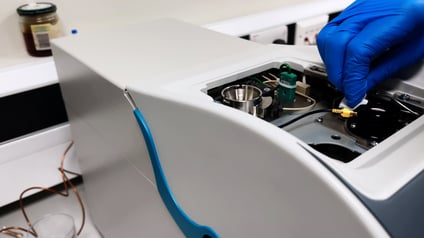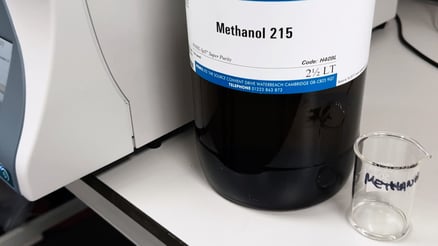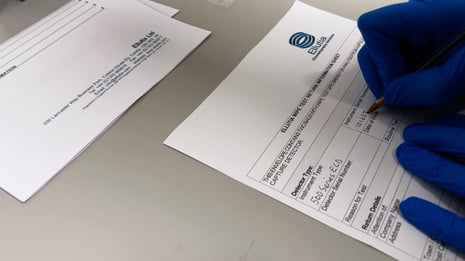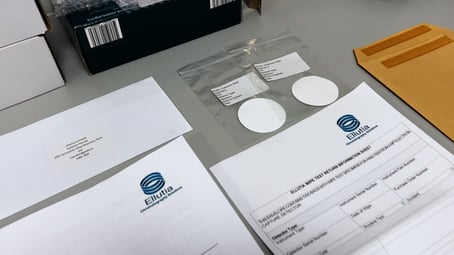Alcohol-Free Beer and Cider: Why Accurate Testing Matters and How to Get It Right
When you brew beer or cider, you’re not just creating flavour, you’re also producing ethanol. And if your label says “alcohol-free,” even a tiny...

Discover the significance of ECD wipe tests in ensuring detector safety and compliance with regulatory requirements.
Electron Capture Detectors (ECD) are devices that contain a radioactive source and are used to measure the current flow between a collector probe and a radioactive foil, such as Nickel 63 or Tritium. These detectors are commonly used in various industries and applications to detect the presence of certain compounds. The current flow in an ECD is affected by the presence of these compounds, and an amplifier unit presents this information to a recorder or data station.
To ensure the safe and accurate operation of ECDs, it is important to understand their basic principles and functioning. By comprehending how ECDs work, users can better appreciate the need for regular maintenance, including wipe testing.

Over time, ECDs can become contaminated by samples and other external factors. This contamination can affect the accuracy and reliability of the detectors, making it essential to regularly clean or replace them. One crucial aspect of maintaining ECDs is performing wipe testing to check for external contamination.
Wipe testing involves taking swab samples from the surface of the detector, which are then tested for any radioactive contamination. This testing ensures that the detector's surface is free from any hazardous substances that could compromise its performance. The frequency of wipe testing is determined by legislation, both at the national and company level, with typical periods ranging from one to three years.
By regularly conducting wipe tests, users can identify and address any potential contamination issues promptly, ensuring the continued accuracy and safety of their ECDs.

Once the kit is received, users can proceed with the wipe test by taking swab samples from the surface of the detector. The number and position of the swabs depend on the detector's design. After collecting the samples, they are then sent back to Ellutia for analysis.
Our experts analyse the swab samples for any radioactive contamination on the detector's surface. The results are returned to the user, who can store and examine them as necessary. In case any problems or potential hazards are detected, the customer is immediately notified. Additionally, Ellutia provides a written and signed report for all cases, ensuring clear documentation of the wipe test results.

Our ECD wipe test kits offer a holistic and foolproof solution for conducting ECD wipe testing. With all the necessary materials and comprehensive instructions included, these kits simplify the testing process and ensure accurate results. Users can trust in the expertise of Ellutia to deliver reliable outcomes, instilling confidence in the safety and performance of their detectors. Not only do these kits streamline the testing procedure, but they also play a crucial role in helping users meet regulatory requirements effortlessly.

By regularly conducting ECD wipe tests, users can ensure the safety and accuracy of their detectors. Compliance with national and company requirements regarding wipe testing frequency is essential to maintain regulatory compliance and mitigate any potential risks associated with contaminated detectors.
With the invaluable support and expertise, users can confidently embark on ECD wipe tests, swiftly detecting any potential contamination issues, and promptly taking necessary actions to guarantee the ongoing reliability and safety of their detectors.
Visit our online store to order your ECD wipe test kit (P/N 28001000). This all-inclusive kit encompasses all essential components, including swabs, vials, and detailed instructions, to effortlessly conduct the test and ensure the utmost accuracy and compliance.

When you brew beer or cider, you’re not just creating flavour, you’re also producing ethanol. And if your label says “alcohol-free,” even a tiny...

Nitrosamines are among the most tightly regulated contaminants in pharmaceuticals, food, and tobacco, yet in cannabis, they are barely on the...

Cosmetics aren't just about enhancing beauty; they're about trust and safety. In the intricate dance of beauty and science, the discovery of...